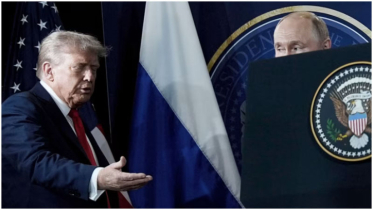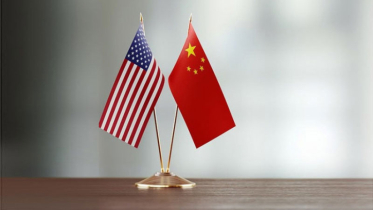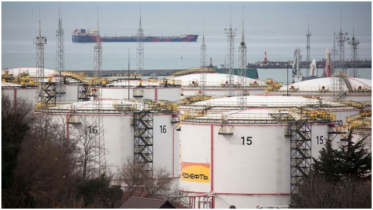US tariff threat over Indian imports of Russian oil could backfire

If Donald Trump really wanted to drive India’s oil imports from Russia down to zero, the consequences might not be what the US president intended. Trump has threatened to impose an additional 25 per cent tariff on Indian goods from Wednesday over the country’s purchases of Russian oil. That would increase total tariffs to 50 per cent.
Indian imports of Russian crude average anywhere between 1.5-2mn barrels a day, based on OilX data. If this were stopped overnight and India had to buy elsewhere, oil prices would jump massively and inflation would be pushed up in the US and elsewhere. For the oil market, the question is: does Trump have the stomach to raise prices on US consumers?
The pressure might be partly eased if some of the oil was redirected to China, which would reduce its buying elsewhere. However, the country is already close to taking the maximum volume of Russian oil it can absorb, and recent experience shows the risks.
After Russia invaded Ukraine in February 2022, the EU and US threatened some of the biggest sanctions in history. Oil prices surged above $100 in the aftermath before these sanctions started to be watered down. The US government was even led to pre-emptively releasing a historic 180mn barrels of the US Strategic Petroleum Reserve from May 2022.
The G7, led by the US, agreed to amend its sanctions policy to introduce a price cap in September 2022. This allowed Russian oil still to be bought as long as the price was below $60 a barrel. The logic? It would hurt Russian oil revenues but keep Russian oil flowing globally to prevent an oil price surge.
The EU also banned imports of Russian oil in late 2022 and petroleum products in early 2023, barring a few exceptions, but even as the US encouraged Russian oil flows elsewhere.
Janet Yellen, as Treasury secretary, told Reuters in November 2022 that the US was happy for India to continue buying as much Russian oil as it wanted. It just had to steer clear of western insurance, finance and maritime services bound by the cap, which would give countries leverage on price negotiations with Moscow. Russian oil “is going to be selling at bargain prices and we’re happy to have India get that bargain, or Africa or China. It’s fine,” she said.
Analysis of Chinese data by Energy Aspects estimates that China’s buying of Russian oil via various means increased from 1.5 mb/d before the war to above 2 mb/d, with several grades of oil bought above the price cap. China does not have the refining capacity to absorb significantly higher volumes of Russian oil than they used to buy. Thus, geographically India became the logical clearing country for the Russian barrels.
Now the US is singling out India for profiteering from Russian oil. It is not clear what concessions the US may want from New Delhi regarding volumes or timing in any compromise, putting the onus on India to act if it wants to avert additional tariffs. Unlike China, India does not have a shadow banking network to avoid sanctions and tends to operate within global policy frameworks. The precedence for this is clear with the country having halted all Iranian imports during the first Trump term when secondary sanctions were announced.
One path to a resolution could be some combination of Indian concessions on US agricultural tariffs, some pledged reduction in Russian oil purchases (a rebalancing that seems to be happening already) and/or an increase in commitments to buy energy from the US. However, this will need to be spelled out clearly and officially.
Have Indian refiners gained somewhat from discounted Russian oil? Yes, they have, as initial discounts ballooned to above $20 versus the Dubai benchmark, although higher costs of shipping following sanctions reduced the discounts India received. However, these discounts were also enjoyed by China, Turkey and Brazil (which buys Russian diesel) alike. And since 2022, India’s refinery production has barely risen on average and product exports are fairly steady as domestic demand has been rising and absorbing the increase.
The challenge is that, if the west is serious about sanctions on either Russia or Iran or both, it will have to contend with the loss of more than 6 mb/d of crude, a number that is much larger than Opec+ spare capacity. This would lead to a surge in oil prices, probably to well above $100 — a level that Trump and Europe would be likely to balk at. Western leaders continue to use energy as a foreign policy tool — but are not ready to face the true consequences of sanctions tightening.—Financial Times
.png)




